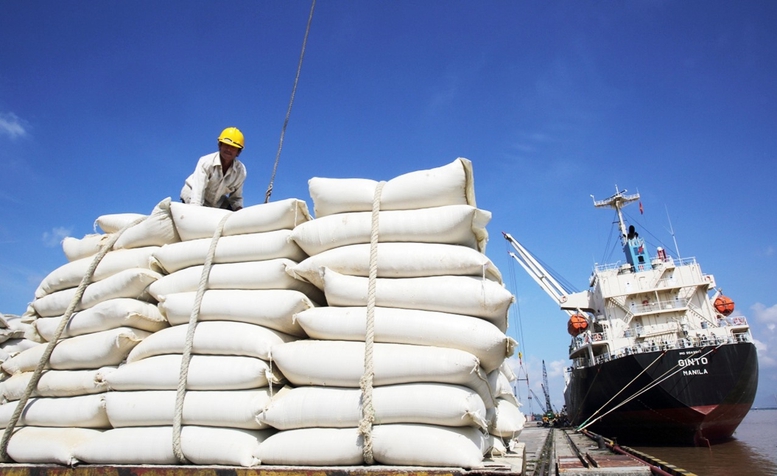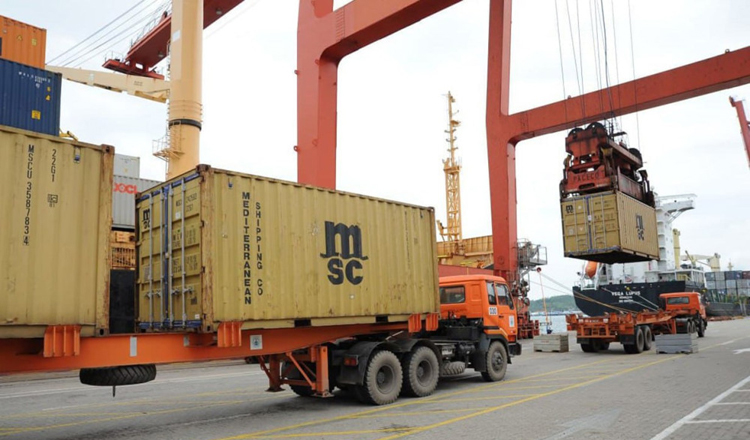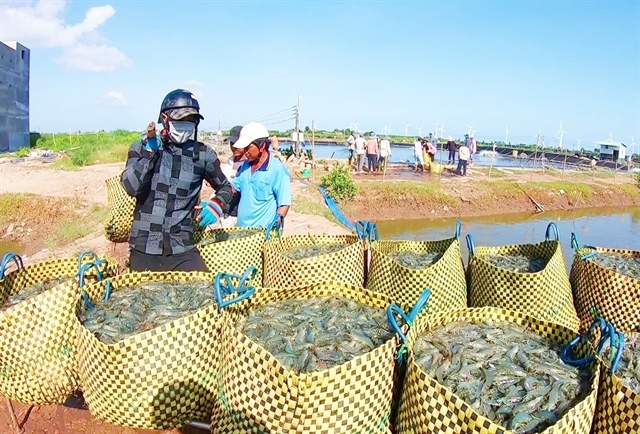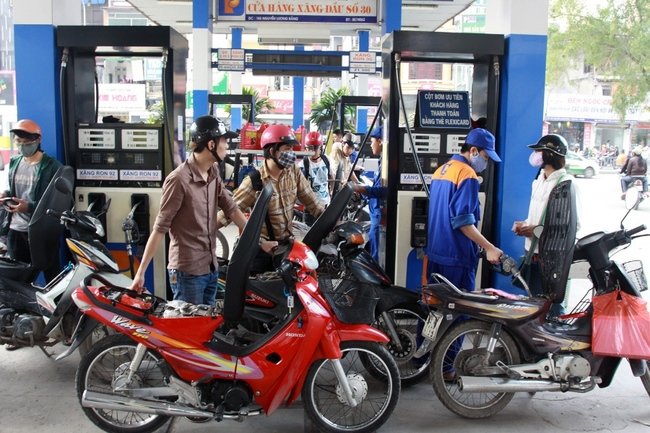Quality control rule has 5,000 tons of fish stuck at ports
Quality control rule has 5,000 tons of fish stuck at ports
Vietnam’s seafood association has complained that a quality control circular is preventing 5,235 tons of fish from being cleared for export.
According to the Association of Seafood Exporters and Producers (VASEP), a circular passed by the Ministry of Agriculture and Rural Development (MARD), requiring exported fish to have their origin verified by "authorized fishing ports," took effect on January 1, 2019, this year.
Under the circular, the government had to publish a list of all the authorized fishing ports, but so far, the ministry has only named, or effectively endorsed, 47 of 83 ports currently operating in the country.
As a result, 5,235 tons of seafood at the "unauthorized" ports, purchased between May 2018 and March 2019, have not yet been cleared for export.
Phung Duc Tien, Deputy Minister of MARD, said that the European Commission has requested that Vietnamese ports authorized to verify the origin of fish have certain quality control systems in place.
Out of the 83 active fishing ports, which have a total output of 1.8 million tons a year, MARD has only deemed 47 ports to have systems that meet European standards, said Tien.
"Assessment of whether ports meet these standards are undertaken by localities, after which they make a proposal to MARD to authorize the said port. Whether this process takes time or not depends on the locality," he said.
Regarding the 5,235 tons of fish, Tien said that they should be recalled by enterprises and processed for other orders.
In October 2017, the EU gave Vietnam a "yellow card" over illegal fishing, warning the country it could ban seafood exports unless Hanoi did more to tackle illegal fishing.
According to MARD, European Commission inspectors will visit Vietnam in April to conduct a final check before the bloc decides whether to lift the yellow card.
According to the Ministry’s latest reports, seafood exports in the first quarter of 2019 amounted to $1.8 billion, a 0.5 percent increase over the same period last year.


























